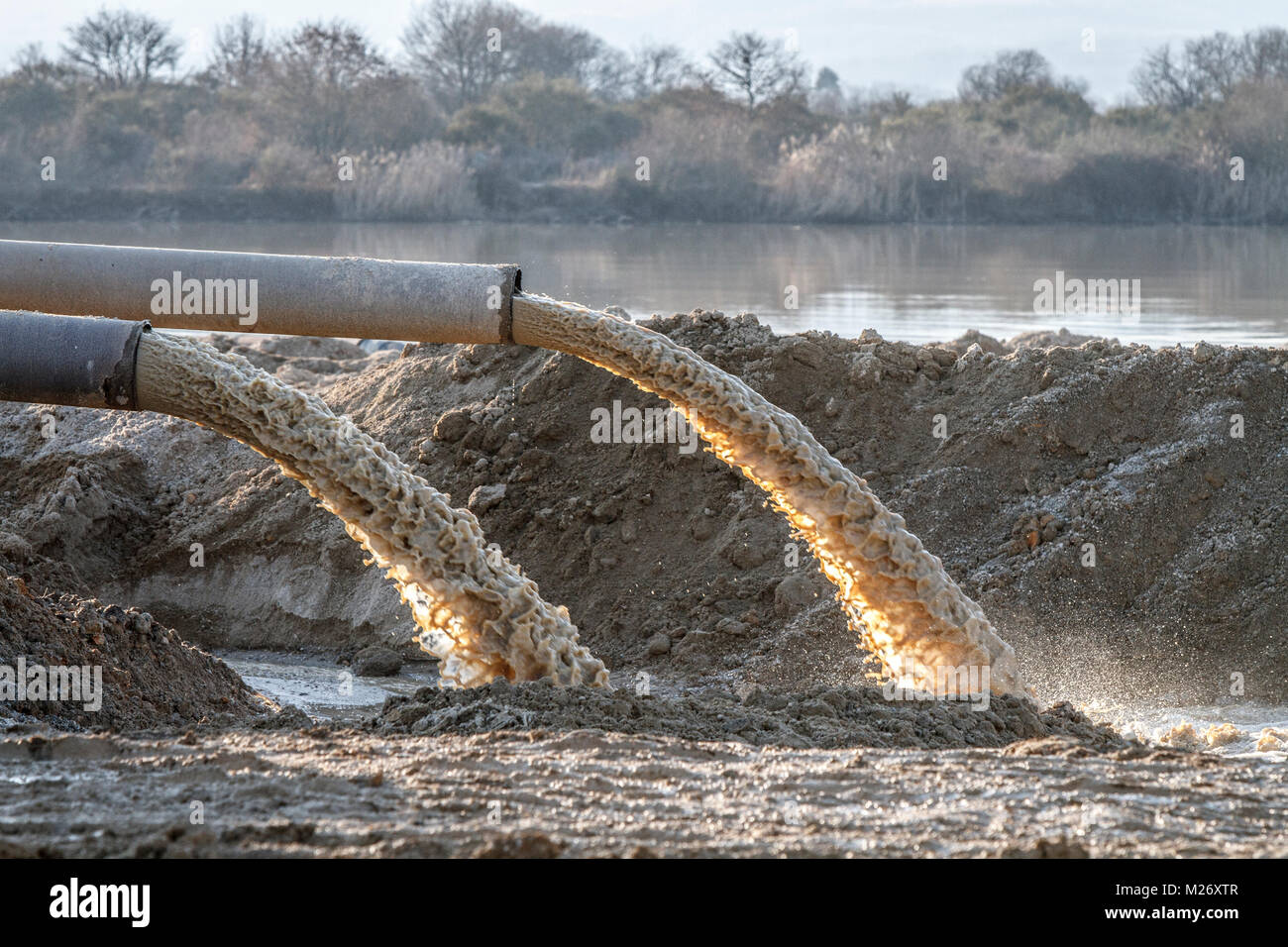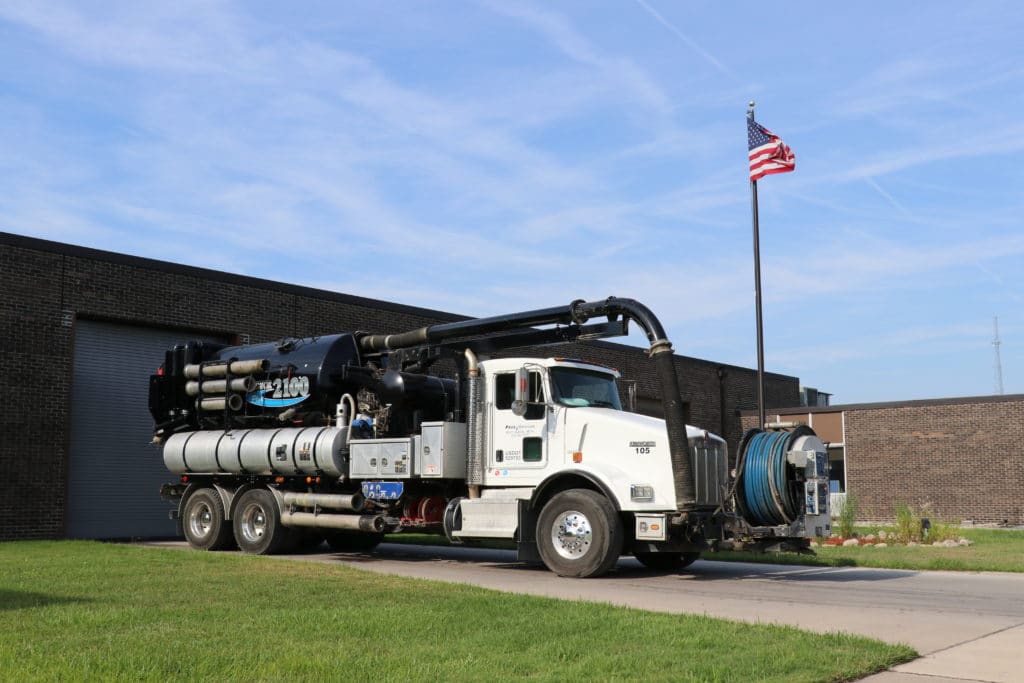Professional Liquid Waste Removal Melbourne: Keeping Your Environment Tidy
Professional Liquid Waste Removal Melbourne: Keeping Your Environment Tidy
Blog Article
How Fluid Waste Disposal Functions: A Detailed Review of Techniques and Technologies Employed

Introduction of Fluid Waste Types
The intricacy of fluid waste kinds demands a comprehensive understanding of their qualities and implications for disposal. Liquid waste can generally be categorized into numerous types, including industrial, metropolitan, agricultural, and hazardous waste. Each classification shows unique homes, needing particular monitoring strategies to reduce ecological and wellness dangers.
Industrial liquid waste stems from manufacturing procedures and usually includes an array of contaminants, such as hefty steels, solvents, and natural compounds. Local liquid waste, mostly consisting of wastewater from houses and business establishments, consists of raw material, nutrients, and pathogens (industrial wastewater treatment). Agricultural fluid waste, consisting of drainage from farms, might consist of plant foods, pesticides, and animal waste, posing risks to water high quality and communities
Dangerous liquid waste is characterized by its poisoning, sensitivity, or prospective to trigger harm. Recognizing these varied liquid waste types is critical for creating efficient disposal approaches and guaranteeing conformity with ecological guidelines.
Physical Treatment Methods

Testing is the initial step, where bigger bits and particles are gotten rid of from the fluid waste using screens or grates. This process secures downstream equipment from damage and makes certain smoother procedure. Complying with screening, sedimentation uses gravitational force to different solids from fluids. In sedimentation storage tanks, much heavier bits clear up near the bottom, developing a sludge layer, while the clarified fluid can be more dealt with.
Filtration is an additional essential method that involves passing the liquid through permeable materials, such as sand or membrane layers, to capture smaller particles. This step boosts the top quality of the liquid, making it ideal for subsequent therapy procedures.

Chemical Treatment Methods
Chemical therapy strategies are vital for efficiently managing liquid waste, specifically in dealing with dissolved and colloidal impurities that physical approaches might not appropriately remove. These strategies use different chemical agents to counteract, speed up, or change harmful compounds right into less unsafe forms.
One usual approach is coagulation and flocculation, where chemicals such as alum or ferric chloride are included in advertise the gathering of put on hold particles. This process enhances sedimentation, allowing for simpler elimination of the resulting sludge. In addition, oxidation processes, employing representatives like chlorine or ozone, are employed to damage down complicated natural substances and virus, rendering the waste more secure for discharge or more therapy.
Neutralization is an additional crucial method, which adjusts the pH of acidic or alkaline waste streams to neutral levels, avoiding potential damage to downstream systems and the atmosphere. Additionally, advanced oxidation processes (AOPs) utilize mixes of oxidants and ultraviolet light to weaken consistent toxins, accomplishing a higher degree of treatment effectiveness.
Organic Therapy Procedures
Organic treatment procedures play a crucial function in the monitoring of fluid waste by utilizing bacteria to break down natural issue and minimize pollutant visit this site right here degrees. These procedures can be broadly classified into cardiovascular and anaerobic therapies, each utilizing details microbial communities to accomplish effective waste deterioration.
Aerobic therapy involves making use of oxygen to promote the break down of organic products by microorganisms. This procedure is commonly carried out in turned on sludge systems, where aeration tanks provide a favorable atmosphere for microbial growth, resulting in the oxidation of natural contaminants. The resultant biomass can be separated from treated effluent with sedimentation.
On the other hand, anaerobic treatment occurs in the absence of oxygen, depending on different microorganisms to damage down natural issue. This approach is particularly helpful for high-strength waste, as it creates biogas, a renewable resource resource, while minimizing sludge production. Technologies such as anaerobic digesters are regularly employed in local and commercial applications.
Both cardio and anaerobic organic therapies not only minimize the ecological effect of fluid waste however likewise help with resource recovery, making them vital elements of sustainable waste management approaches. Their effectiveness, efficiency, and versatility support their prevalent execution across numerous markets.
Arising Technologies in Disposal
Innovative their website strategies to liquid garbage disposal are quickly evolving, driven by innovations in technology and an increasing emphasis on sustainability. Amongst these arising innovations, membrane bioreactors (MBRs) have obtained traction for their ability to combine organic treatment with membrane filtering, leading to high-quality effluent that can be reused in various applications. MBRs allow smaller impacts and extra effective procedures contrasted to traditional systems.
Another appealing growth is using anaerobic digestion incorporated with nutrient healing modern technologies, which not only deals with fluid waste but likewise creates biogas and recoups beneficial nutrients like nitrogen and phosphorus. This double benefit boosts source efficiency and lowers environmental influence.
Furthermore, advanced oxidation procedures (AOPs) are being adopted for the destruction of complicated organic toxins. These approaches use effective oxidants and stimulants to damage down contaminants at the molecular degree, using a highly effective remedy for difficult waste streams.
Additionally, the integration of expert system and maker knowing in waste management systems is maximizing functional efficiency and anticipating maintenance, resulting in decreased costs and boosted ecological conformity. These technologies mirror a significant change in the direction of even more effective and lasting fluid garbage disposal techniques.
Final Thought
In verdict, reliable liquid waste disposal necessitates an extensive understanding of numerous techniques and modern technologies. By constantly advancing these techniques, it comes to be feasible to resolve the growing challenges associated with fluid waste, eventually adding to environmental protection and source recuperation.
Liquid waste disposal is a critical aspect of environmental Find Out More monitoring, calling for a thorough understanding of different strategies and innovations customized to different waste kinds. Fluid waste can broadly be classified right into a number of types, including commercial, metropolitan, farming, and dangerous waste. Agricultural fluid waste, including drainage from ranches, may contain plant foods, pesticides, and pet waste, posing dangers to water top quality and environments.
Numerous physical treatment techniques play an important duty in taking care of fluid waste properly - industrial wastewater treatment.In final thought, effective fluid waste disposal requires a thorough understanding of numerous methods and modern technologies
Report this page